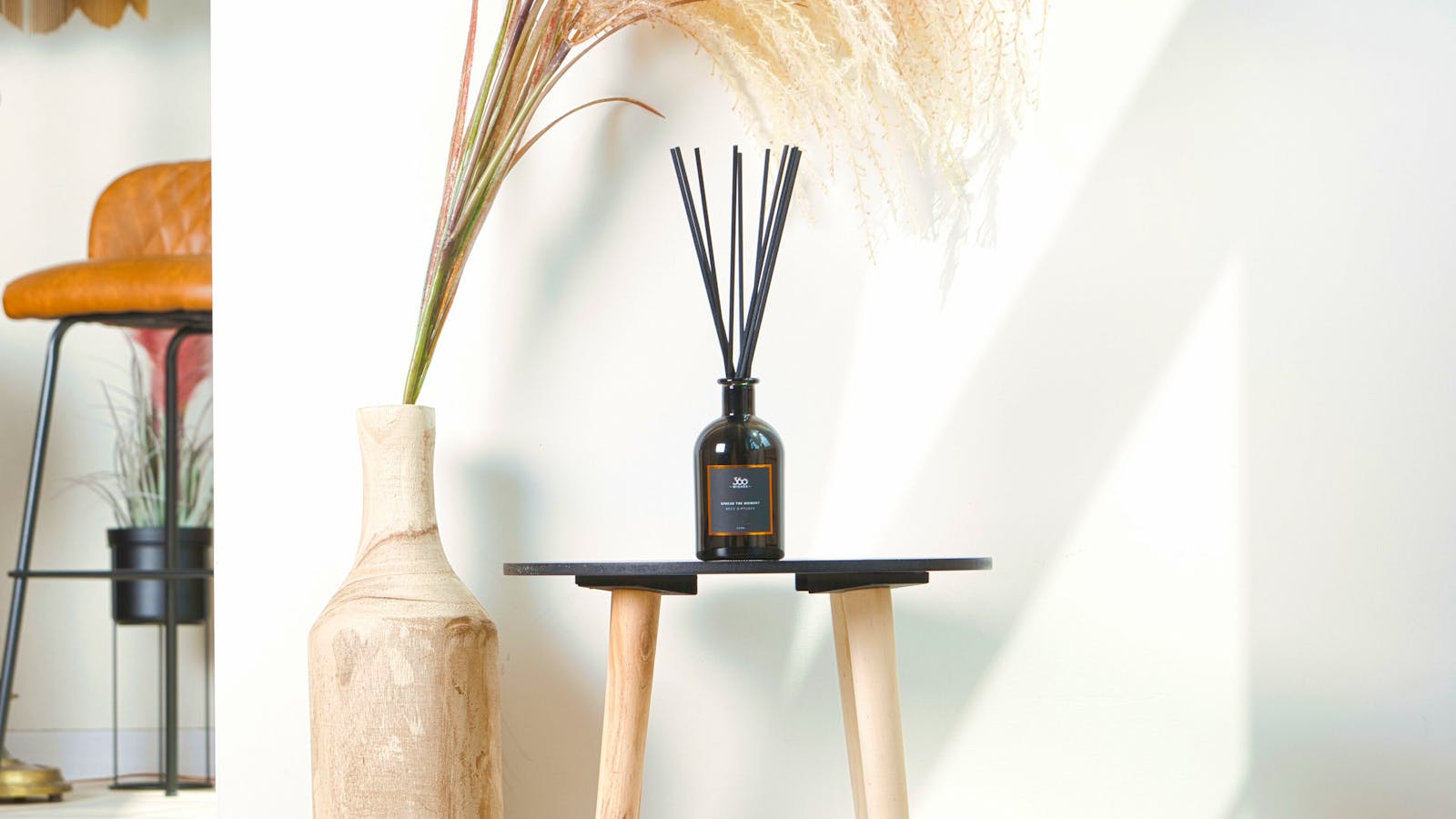Below Stairs Storage
When we say that we want more space, often what we really mean is that we need a place to put all of our stuff. Of course, we can always buy less and divest ourselves of the accumulated things that we neither need nor love. But sometimes, even after paring back brutally, we simply do not have enough places to put the stuff of daily life. And when even the necessities become clutter, they begin to encroach upon our rooms, making them look smaller.
The answer lies in really considered storage. If, for example, you need a place to hide away coats, shoes and jackets, then building drawers underneath a staircase to stash it all away will, ultimately, make your room feel bigger, not least because the living space will no longer be doubling as a place to hang up your outerwear. If, however, you do have enough of a hallway to tuck such accoutrements away, then we love the idea of using the space beneath the stairs as a recess for shelving and a reading seat, which has the dual effect of holding books and belongings and also giving an extra depth. Or, combine the two as designer Henri Fitzwilliam-Lay has done, creatively using faux books to mask a huge storage area beneath the stairs in spectacular style. The same, too, goes for other rooms, the basic rule of thumb being: if you can slot in an extra shelf or cupboard, then do it. You’ll never regret more storage.
Consider Built-In Furniture
If, as is the case for most, your house is not palatial, then it becomes important to really consider the shape of the room and how it might work hardest for you. Built-in furniture can be especially useful in smaller spaces, enabling you to commission a wardrobe, cupboards or even a bed that exactly fits the proportions of your room. We love this example from Leah Lane (aka @mymulberryhouse), which deftly uses the sloping attic roof to the room’s advantage by creating two extremely cosy and magical children’s beds, thus not encroaching on the play area in the rest of the room. Suddenly, what could have felt cramped had it accommodated two traditional beds feels capacious. Genius.
Go Low
The name of the game in making a room feel larger is to clear as much space as possible and thus give the impression of airiness. One way to do this is to keep the furniture profile low, which then has the effect of making the ceilings feel higher. Noa Santos, whose work is pictured, is a master of the art.
Do It With Mirrors
The oldest rule in the book: if you want a space to look bigger, an instant and easy way to expand the room is with the judicious use of mirrors. They can give the illusion of a window by reflecting the light, they add depth, and, of course, they create the impression of space. Freight HHG shows us how it’s done in style, as pictured.
Use Shiplap
Shiplap – or indeed any kind of painted wood panelling – has the effect of drawing the eye, whether that’s around the room when used horizontally, or upwards when used vertically. Either which way, it creates movement, which in turn gives the illusion of space. It also imbues warmth and character to a room which, as a by-product, is always very welcome. We like Katarina Lipska’s (aka Kiki & Bow) fresh-feeling, white-washed use of shiplap in a small dining room, which adds texture as well as the feeling of space.
By Nancy Alsop
February 2024





